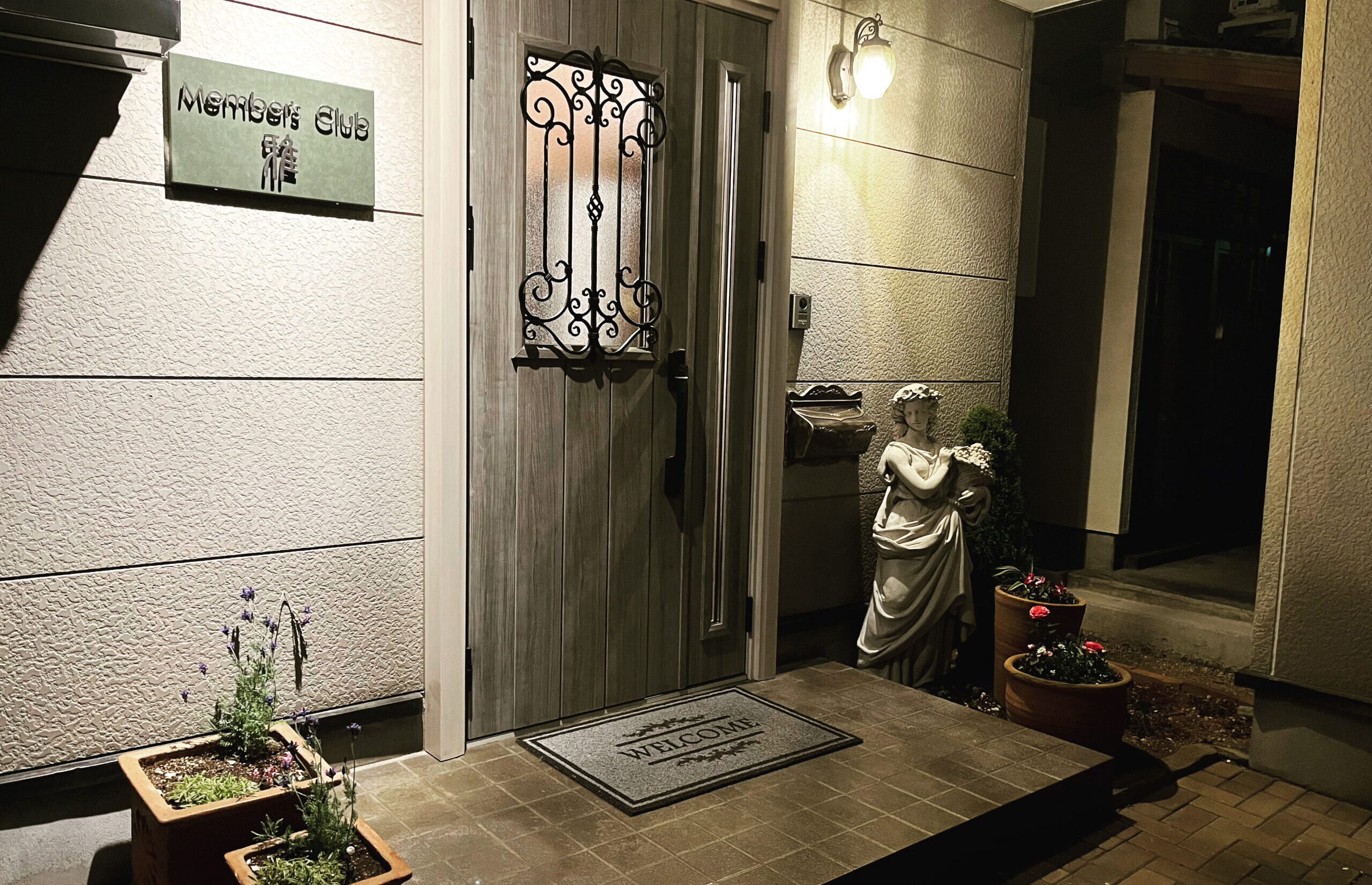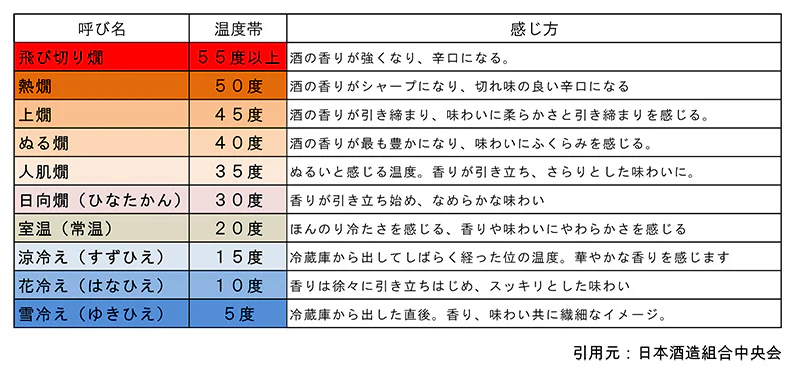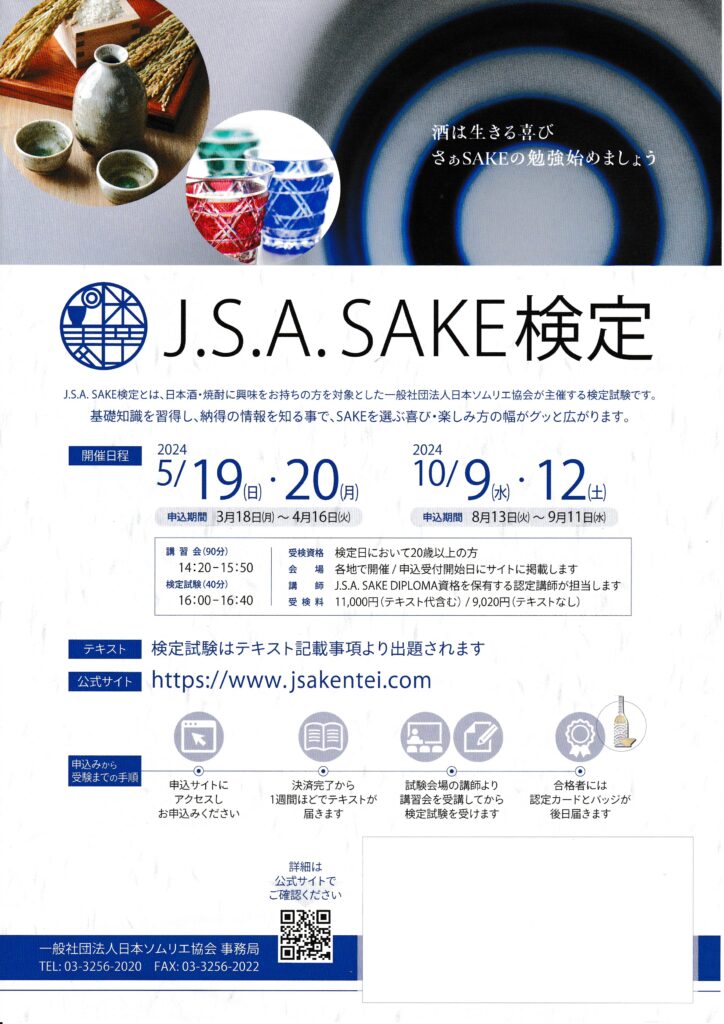SAKE 検定対策講座11
◉飲用温度
日本酒と焼酎の最大の特徴
→飲用温度の幅が広いのが魅力
酒を凍らせて飲む氷温
氷を浮かべるオンザロック
常温
ぬる燗
60℃を超える熱燗
冷やす事で感覚的な甘みの度合いは下がるが、酸味はフレッシュに感じる→大吟醸酒、吟醸酒、生酒
吟醸酒→8〜12℃
普通酒、本醸造酒、純米酒の生酒タイプ→6〜8℃
純米酒、古酒→常温20℃
お酒の温度を上げると、甘み度合いが高まる。
辛口の純米酒の→40℃(旨み、酸味、苦味のバランスの良さを試す温度)
酸味のしっかりある酒→60℃でキレが良くなる。
沸点78.3℃に近づくと甘み度合いは上がらず、苦味が強くなる傾向
SAKE 検定お申込はこちらから
https://www.jsakentei.com/instructor/site/419/bronze/
#日本ソムリエ協会
#SAKE検定
#GI静岡
#国酒を学ぼう
SAKE Exam Preparation Course 11
◉Drinking Temperature
The biggest feature of sake and shochu
→The appeal is the wide range of drinking temperatures
Drinking sake frozen at ice temperature
On the rocks with ice floating in it
Room temperature
Lukewarm sake
Hot sake over 60℃
The perceived sweetness decreases by cooling, but the acidity feels fresher → Daiginjo sake, Ginjo sake, Namazake
Ginjo sake → 8-12℃
Ordinary sake, Honjozo sake, Namazake type of Junmai sake → 6-8℃
Junmai sake, Koshu → Room temperature 20℃
Increasing the temperature of the sake increases the degree of sweetness.
Dry Junmai sake → 40℃ (temperature to test the balance of umami, acidity, and bitterness)
Sake with a strong acidity → 60℃ for a sharper finish
As the boiling point approaches 78.3℃, the sweetness level does not increase and the bitterness tends to become stronger.
Click here to apply for the SAKE certification exam.
https://www.jsakentei.com/instructor/site/419/bronze/
#Japan Sommelier Association
#SAKE certification
#GI Shizuoka
#Learn about national sake








